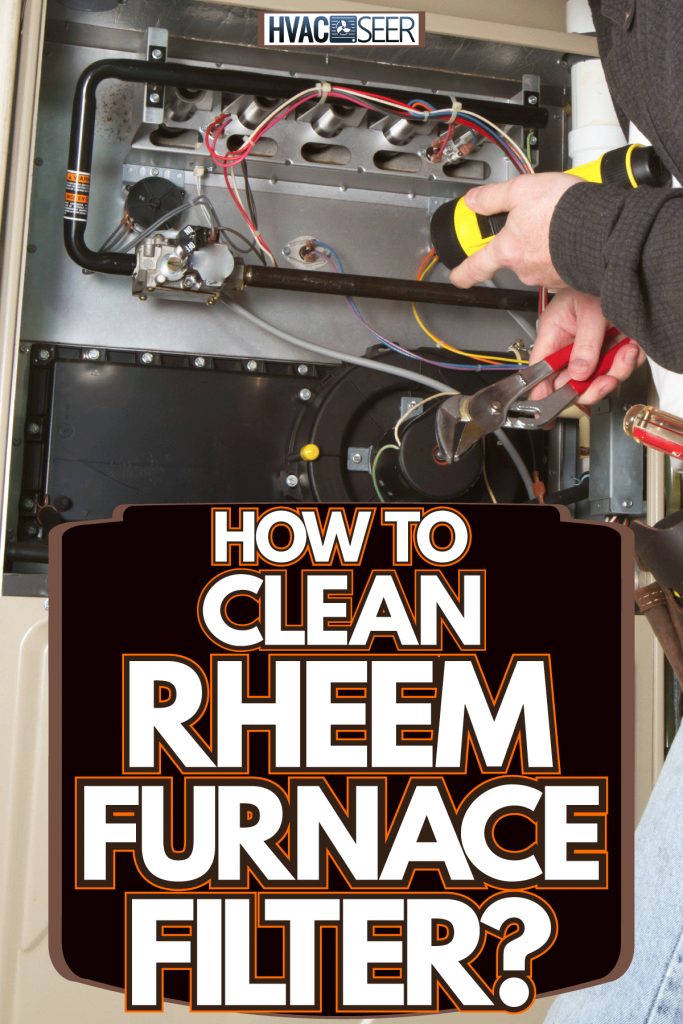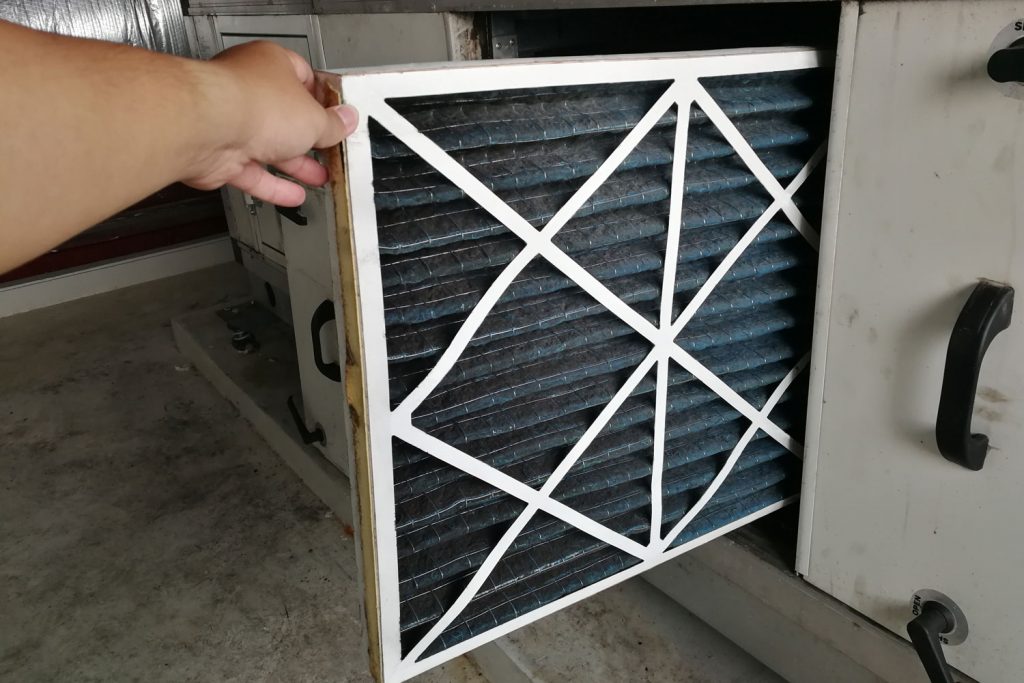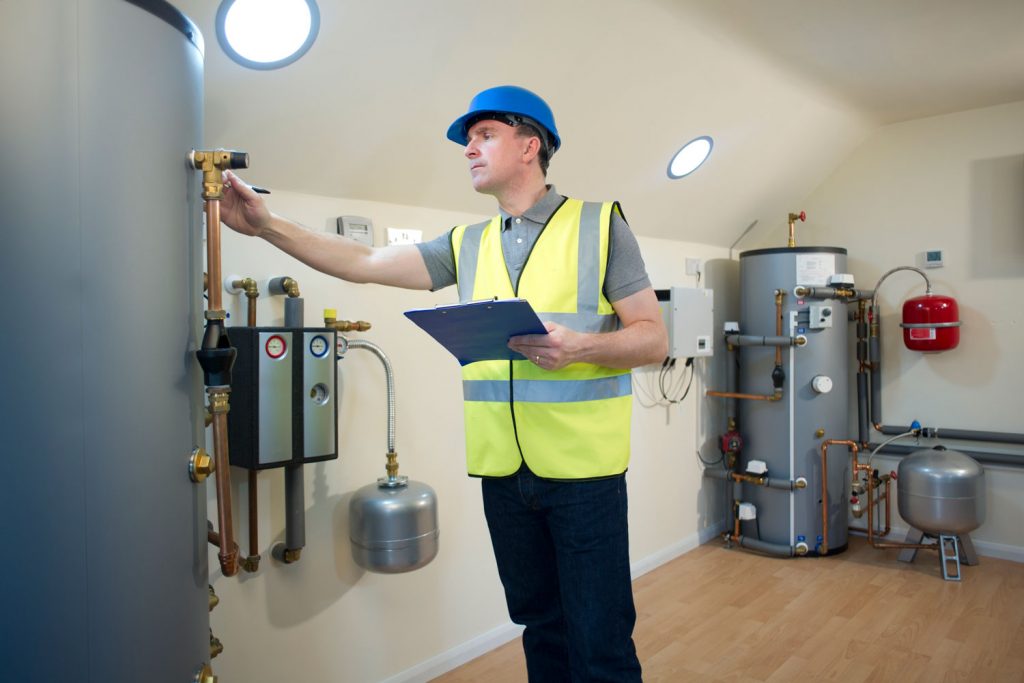The Rheem furnace filter keeps dust from collecting in the blower fan. It gathers dust over time and should be cleaned frequently to keep the furnace in good working condition. How can you clean a Rheem furnace filter? We talked to the experts, and this is what we discovered.
To clean a Rheem furnace filter:
- Disconnect the furnace from a power source.
- Locate the furnace filter.
- Remove the filter.
- Wash the filter.
- Leave the filter to dry.
Re-insert the filter into the furnace once it dries completely. Turn the power back on and enjoy the heating in your home.
Cleaning the furnace filter is one of the crucial maintenance practices recommended to keep your furnace in good working condition. Read on as we will elaborate further on cleaning the furnace filter. We will also discuss the repercussions of not cleaning the furnace filter and the benefits and drawbacks of washable furnace filters.

How to clean Rheem furnace filter
A clean furnace filter ensures your furnace runs efficiently. It also reduces allergens and contributes towards improving indoor air quality. However, dust accumulates on the furnace filter over time, necessitating regular cleaning to enable the filter to function effectively.

Keep your Rheem furnace working effectively by following these simple steps to clean the filter.
1. Turn off the furnace
It is recommended that you disconnect the furnace from the power source when doing maintenance. Switching the furnace off protects the unit's system from loose debris or re-circulating allergens that would otherwise be trapped by the filter back to the air.
Turning off the furnace also reduces wear and tear on your furnace, which would otherwise result from running the furnace without a filter.
Discover more by reading this article - "Can You Run A Furnace Without A Filter? [Even Temporarily]"
2. Locate the furnace filter
Typically, the furnace filter is situated in or just under the blower section. Refer to your unit's user manual to precisely determine where the filter is positioned. If you cannot trace the manual, check online.
Use the unit's model and serial number to search for the information online. The furnace's model and serial number are written on a data plate inside the furnace.
3. Remove the filter
Before pulling out the furnace filter, take note of the correct airflow direction by observing the side that the arrow on the filter frame points. It is critical that you re-insert the furnace filter in the right direction to avoid restricting airflow.
Refer to the operation manual for a guide on removing the filter. Ideally, the furnace filter should easily slide out of place.
4. Clean the filter
It is prudent to begin by vacuuming the filter to avoid dampening the debris, making the dirt clingy. Vacuuming also makes cleaning easy by removing any visible dirt and debris.
You will then need to wash the filter by running a hose through the filter or cleaning it in a laundry room or kitchen sink.
If you opt to use a hose, gently run the hose over the filter in an up-and-down flow to protect the delicate fibers that trap dust and allergens from ruin. Run the hose until the water going through the filter comes out clean.
If you decide to wash the filter in the sink, submerge it and gently flap it to remove all the debris. Visually observe whether the filter is clean by checking whether debris is blocking the spaces between the woven fibers. When the furnace is clean, it is nearly transparent.
5. Allow the furnace filter to dry
Place the washed filter on an old towel or sheet in an upright position to dry. It is advisable to position the filter where there is frequent airflow, preferably near an open window or in an open space.
Ensure that the filter dries completely before re-installing it back to the furnace to keep it properly working. A wet furnace filter decreases your unit's efficiency by reducing the amount of air that passes through the woven fibers, causing your furnace to overwork—the extra strain on the appliance results in increased repair costs.
A wet furnace filter also increases the risk of mold and mildew build-up. The wet filter pushes excessive moisture into your ductwork and home, creating a favorable breeding ground for mold.
When the filter dries completely, work in reverse to restore the furnace filter in position. Ensure that you insert it in the correct direction to enhance airflow. Reconnect the furnace to the power source and turn it on. The filter is good to go for another 90 days.
However, you may need to wash the filter sooner depending on its thickness, the size of your home, the air quality where you live, whether you smoke or have pets.
What happens if you don't clean or replace your furnace filter?

Your furnace can either have a disposable or permanent filter. Due to the role of the filter in the furnace, it requires regular replacing or cleaning. Nevertheless, some homeowners abandon this important exercise resulting in negative effects on your furnace and home that may initially appear small. Over time, as servicing the furnace filter remains a neglected practice, the negative effects morph into bigger problems.
Poor temperature regulation
When you abandon cleaning a permanent filter or replacing a disposable one, dirt will accumulate on the filter, restricting airflow. Because air does not sufficiently go where it is needed, you will notice varying temperatures in your homes such that there will be pockets of hot and cold areas in the home.
Higher energy bills
Restricted airflow will result in longer run time as the furnace compensates for this inefficiency. As a result, you will receive higher energy bills.
Short cycling
Dirt can also result in your unit's short cycling, whereby it keeps shutting down every time it starts running again. Because dirt restricts airflow, heat is trapped in the system when the furnace runs.
The system then activates the limit switch to keep the appliance from overheating, thus causing it to switch off. The furnace will keep shutting down unless proper airflow is restored.
Frequent breakdowns
Extended periods of short cycling reduce the unit's output due to restricted airflow. Further, as the unit compensates by overworking, wear and tear increases, resulting in frequent breakdowns. If left unmaintained, the furnace may eventually break down, requiring replacement sooner than expected.
Health concerns
We've mentioned that the filter traps allergens and other pollutants, enhancing indoor air quality. When dirt accumulates on the furnace filter, these allergens may eventually end up back in the air in your home, causing respiratory complications.
What are the benefits and drawbacks of washable furnace filters?

There are many furnace filter options on the market today, and you may be wondering what option to settle on. Washable furnace filters can be a suitable alternative to disposable filters, especially when you are tired of spending hundreds of dollars annually on high-efficiency furnace filters.
To determine whether these filters would work well in your home, it is prudent to carefully consider the benefits that you will accrue from these furnace filters and also the possible drawbacks to expect.
Benefits
- Washable furnace filters are quite cost-efficient in the long run. Although the upfront cost is normally more than buying disposable filters, you eventually save more by opting for these filters since they may serve you for up to 5 years if properly maintained. In contrast, you may need to replace disposable filters every 90 days.
- These filters are environmentally friendly. Disposable furnace filters are made of non-biodegradable fiberglass that cannot be recycled. Assuming that you need to replace the filter every three months, you reduce waste by at least four times a year.
- Using washable filters eliminates the need to stock up on the filters. Further, it reduces the stress of price changes or the filters being out of stock, especially during the heating season.
- When using washable filters, you control how often the filters are washed and the products used during washing. This control is especially critical for people who suffer from allergies and respiratory infections.
Drawbacks
- Compared to their disposable counterparts, washable filters require more maintenance. While you only need to remove a disposable furnace filter and replace it with a high-efficiency filter, you would need to clean a washable filter thoroughly before re-installing it.
- Washable furnace filters cost more at the outset.
- Washable filters expose you to a higher risk of mold build-up, especially where the filters are not allowed adequate time to dry completely.
- You will receive lower efficiency from the filter since washable electrostatic filters typically come with a MERV rating of 1 to 4. In contrast, disposable filters may have a MERV rating as high as 16. The MERV rating determines how effective the furnace filter is at trapping particles of different sizes.
Final thoughts

It is crucial to regularly clean the Rheem furnace filter or replace it depending on whether it is permanent or disposable. Frequently servicing the filter keeps your furnace functioning efficiently, thus saving energy. It also reduces your furnace's downtime resulting from frequent breakdowns.
If you are short for time during the heating season, it will help if you keep an extra set of reusable filters that you switch out with the one in use to enhance the functionality of your furnace. That way, you can wash the filters when you have enough time to allow the filters to dry completely.
Before you go, read this article to learn about "Types of Furnaces and Furnace Filters."
